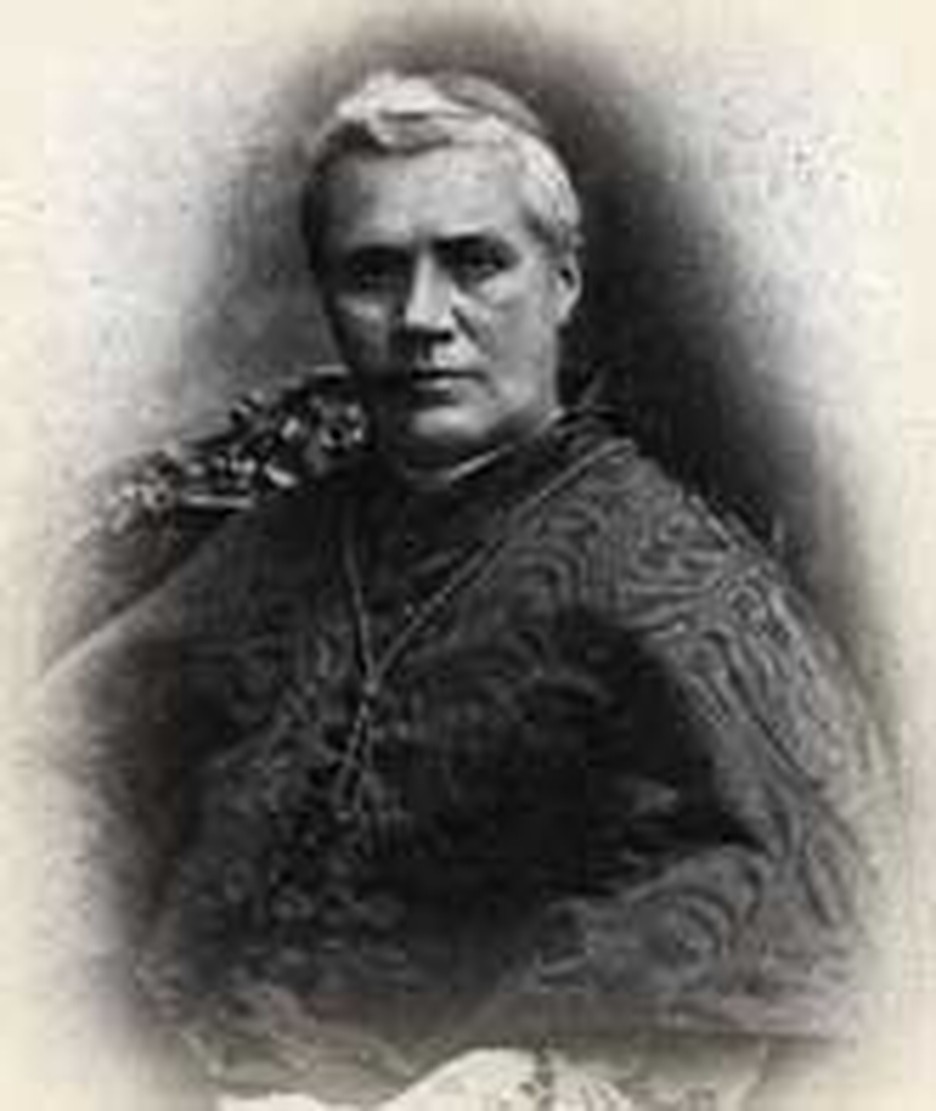
Zionist leader Theodore Herzl met with Pope Pius X in January 1904 and asked the Roman Church to support Jewish aspirations for a return to their traditional homeland in Israel. The pope was blunt. "The Jews have not recognized our Lord, therefore we cannot recognize the Jewish people."
For practical purposes, that is where matters stood between the Vatican and Israel for 99 years. The United Nations partition of Palestine garnered Vatican approval only because Jerusalem would remain under international control. In 1948, Israel won its independence. Eventually, most of the nations of the world recognized Israel.
To the Vatican, however, it seemed that no recognition of the Nation of Israel would be possible unless three issues were resolved: Israel's borders must be solidified; Jerusalem's status must be settled; Catholics living in Arab countries must be protected against backlash from any deal with Israel.
Talks and negotiations got nowhere for many years. The breakthrough came under Pope John Paul II, a pontiff who has reached across many barriers. The fact that Israel was now in possession of Jerusalem and that it had begun negotiations with Palestinians oiled the diplomatic engine.
In 1992, the Vatican and Israel agreed to agree. Negotiators set to work to hammer out terms of recognition. They prepared a text in Hebrew and English. On this day, December 30, 1993,the Vatican and Israel signed the Fundamental Agreement Between the Holy See and the State of Israel.
Naturally, the church wanted to protect church property and traditional sacred spots. In the most awesome event of history, God had become man and walked dusty paths and stony streets in a little mideastern nation. Sacred spots purported to mark the events of his life. The Vatican also wanted to protect the rights of Christians, and its own freedom to teach and train them. The articles granted these objectives.
Both parties promised to uphold human freedom and the right to worship. Both deplored anti-Semitism. Israel agreed to maintain the "status quo" on places of worship that belonged to the Roman Church. Scholarly exchanges and exchanges of ancient manuscripts were encouraged. The church was allowed to carry on its charitable and moral works and to own property in Israel.
Diplomatic ties commenced as soon as the agreement was signed. "Following the entry into force and immediately upon the beginning of the implementation of the present Fundamental Agreement, the Holy See and the State of Israel will establish full diplomatic relations at the level of Apostolic Nunciature, on the part of the Holy See, and Embassy, on the part of the State of Israel." Israel had received the recognition from the Roman Church that it so long desired.
Bibliography:
- The articles of agreement were found at the Vatican website and at the Israel Ministry of Foreign Affairs. http://philologos.org/bpr/files/Vatican/vs002a.htm) and http://www.mfa.gov.il/MFA/MFAArchive/1990_1999/1993/12/ Fundamental%20Agreement%20-%20Israel-Holy%20See)
Last updated May, 2007.








